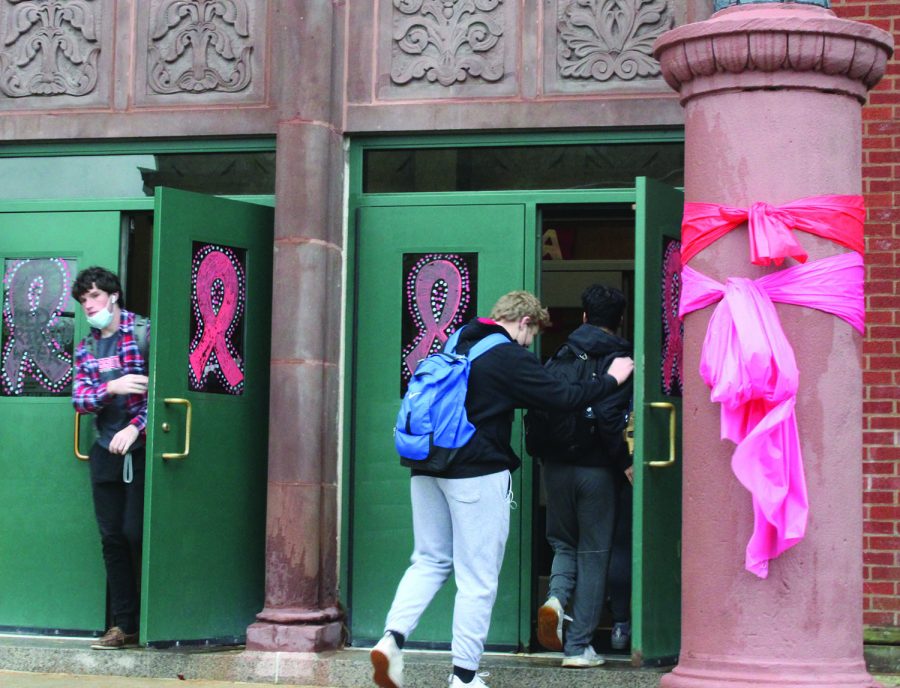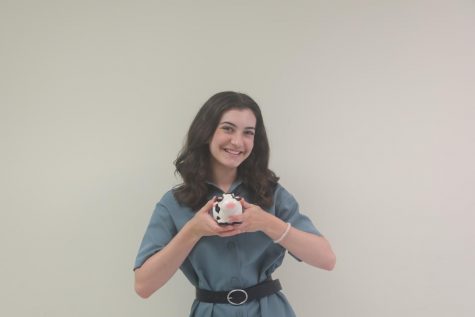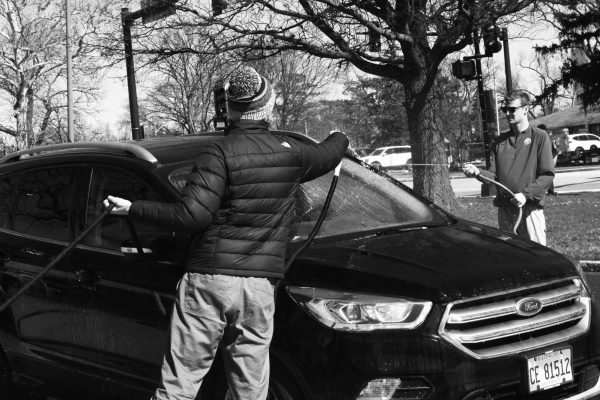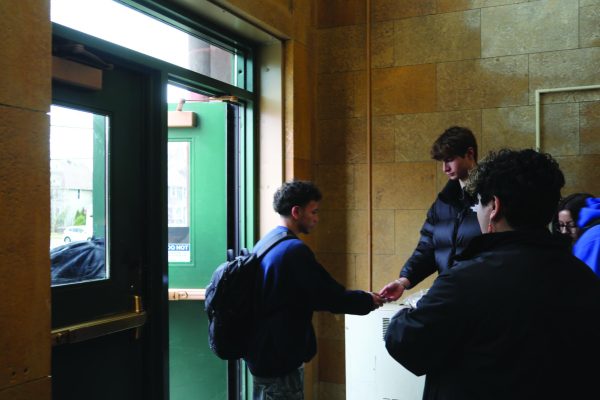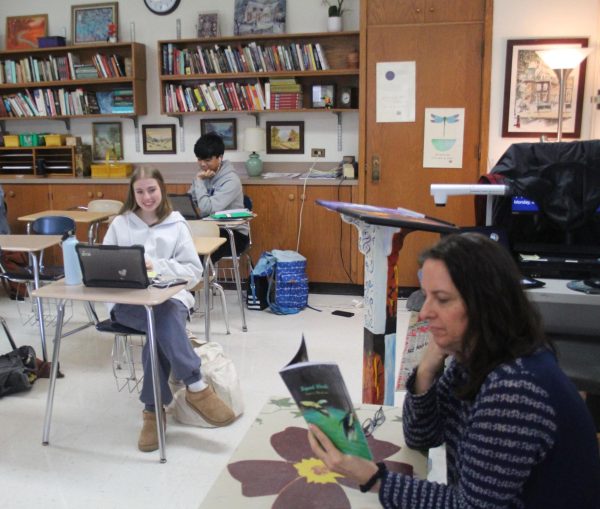Students, staff celebrate Red Ribbon Week
Drug awareness spread throughout school, surprising statistics
November 11, 2021
LT celebrated Red Ribbon Week—an anti-drug campaign that schools around the nation celebrate annually—from Oct. 25-28. There were daily announcements over the public address system all week to draw attention to the dangers of drug abuse. Staff and students could also submit photos of their classes supporting drug awareness to Lauren Cuchna, guidance counselor for the class of 2025.
“I feel good that we can spread more of a positive message throughout the building about healthy choices and hopefully spark more one-on-one conversations with students and faculty,” Cuchna said. “That was a huge barrier last year due to our messages being sent electronically and hoping students view[ed] the messages. This can be more direct and intentional.”
Cuchna kicked off Red Ribbon Week by encouraging students and staff to wear red. On Oct. 26, the student body and staff were encouraged to wear neon to “Make Healthy Choices to Support Your Bright Future.” People wore jerseys on Oct. 27 for “Be Your Biggest Fan Day,” and dressed in their Halloween costumes on Oct. 28 to show that “Drugs are a Trick-Not a Treat.”
“[The] itinerary [had] themes and announcements for students and faculty, which [was] fun,” Cuchna said.
The governmental website Get Smart About Drugs explains that Red Ribbon Week is the oldest and largest anti-drug program in the country. Red Ribbon Week was originally started in remembrance of Enrique Camarena, a special agent for the Drug Enforcement Administration, who was assassinated by the drug traffickers he was investigating. “Camarena Clubs” were created in California high schools, and the Camarena Foundation’s website says that members wore a red ribbon to represent their pledge to lead their lives drug free. Three years after Camarena’s death, the National Family Partnership coordinated the first national Red Ribbon Week. Currently, schools all over the country celebrate it annually.
In 2018, LT students had the opportunity to take the Illinois Youth Survey, which obtains data about student drug and alcohol usage. According to this survey, the most frequent substance used by LT youth is alcohol, with 41% of freshmen, 58% of sophomores, 70% of juniors and 79% of seniors having used it. Also, 51% of juniors and 61% of seniors used alcohol in the 30 days leading up to the survey.
The second most common substance used was e-cigarettes, with 29% of freshmen, 46% of sophomores, 52% of juniors and 58% of seniors having used it. Vaping has more than doubled across the suburban Chicago area since 2016; in the past 30 days leading up to the survey at LT, 22% of freshmen, 38% of sophomores, 44% of juniors and 43% of seniors had used e-cigarettes. The third most commonly used drug at LT was marijuana: 16% of freshmen, 31% of sophomores, 52% of juniors and 58% of seniors used it.
The survey also showed that nearly half of LT seniors have experienced two or more consequences due to substance abuse. These include: forgetfulness while under the influence, interventions, personal drug use, and driving themselves or with someone while under the influence—all of which indicate they may benefit from a substance abuse assessment.
“Red Ribbon has a lasting impression on me,” Cuchna said. “In my profession, statistics indicate that the longer you prevent use amongst teenagers, the less likely a teenager will struggle with addiction as well as mental health issues surrounding substance use. Additionally, due to my personal experiences of family members struggling with addiction, and a family friend losing her teenage son to vaping THC laced with fentanyl—unknown by him—this initiative is close to my heart.”
In previous years, students such as Sarah O’Riley ‘22 have noticed a lasting impact on their peers due to Red Ribbon Week.
“Freshman year, I made a joke to one of my friends who vaped a lot,” O’Riley said. “[We] joked that he should stop vaping for Red Ribbon Week—he did and he hasn’t vaped since.”
The main takeaway for students to have is that a healthy body means a healthy mind, Cuchna said.
“Being you is enough,” Cuchna said.





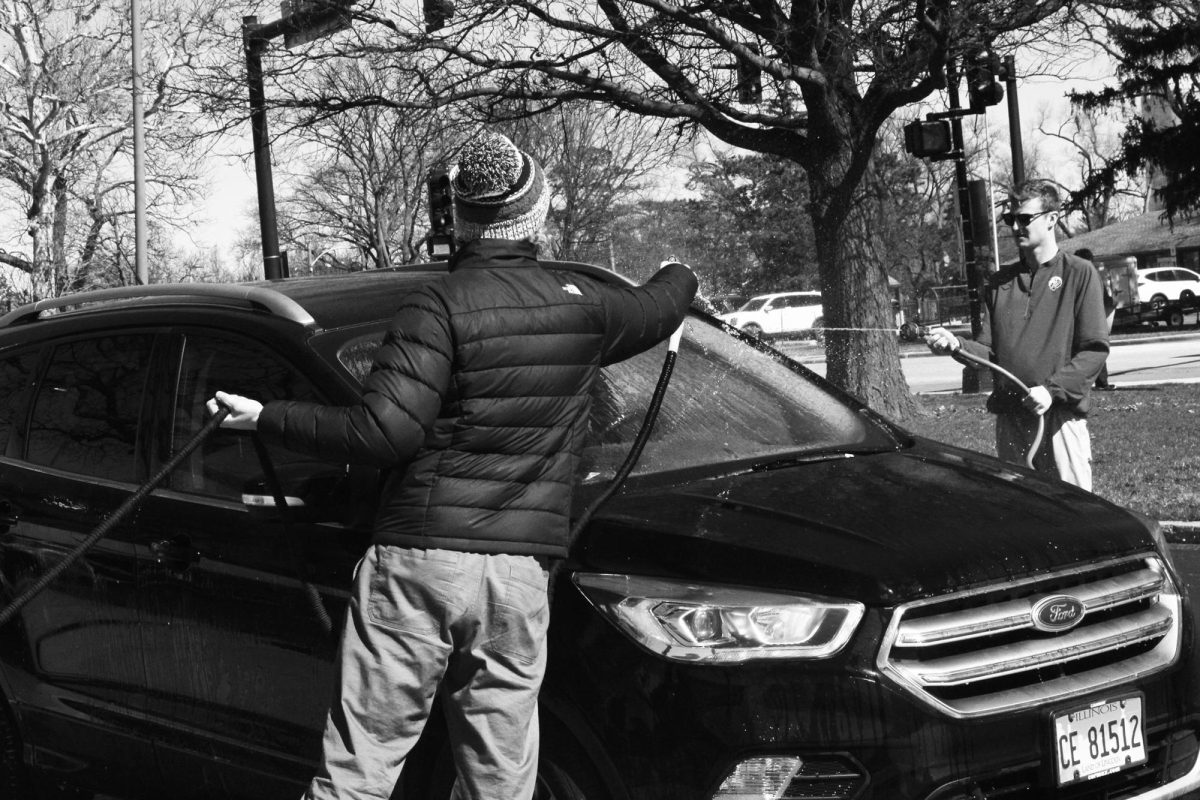

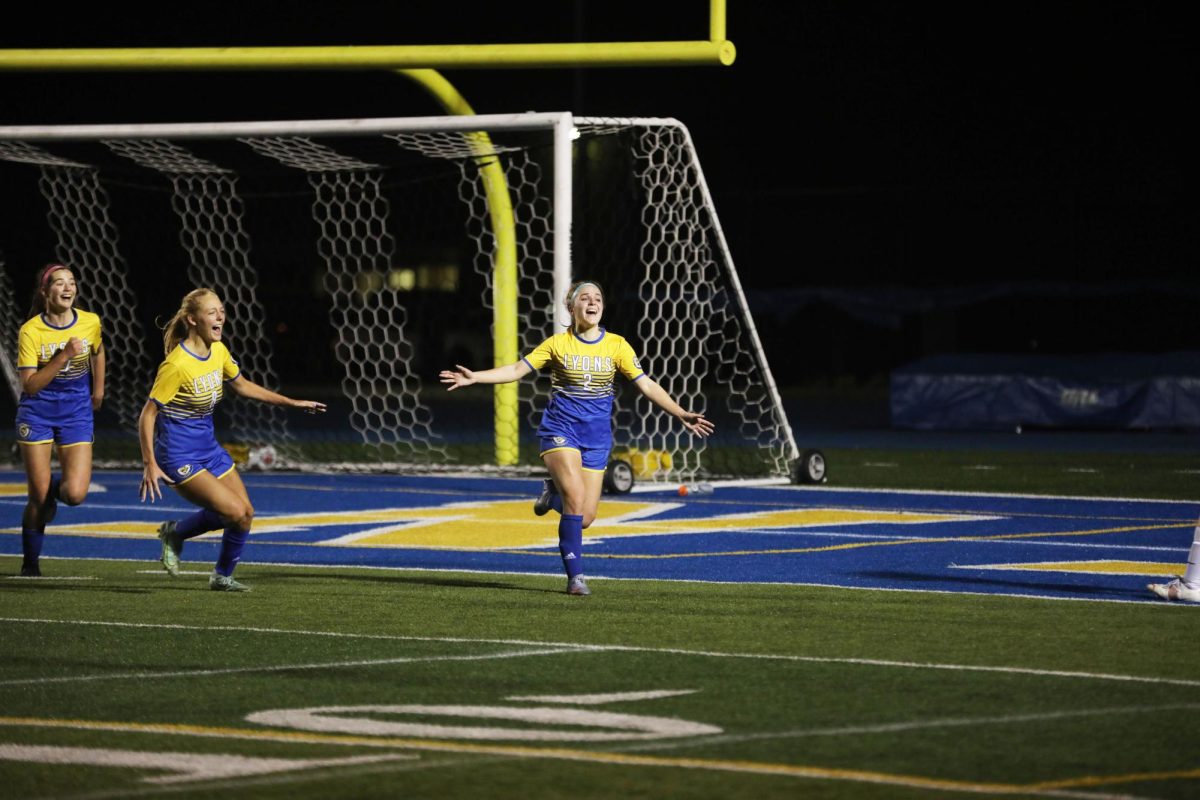

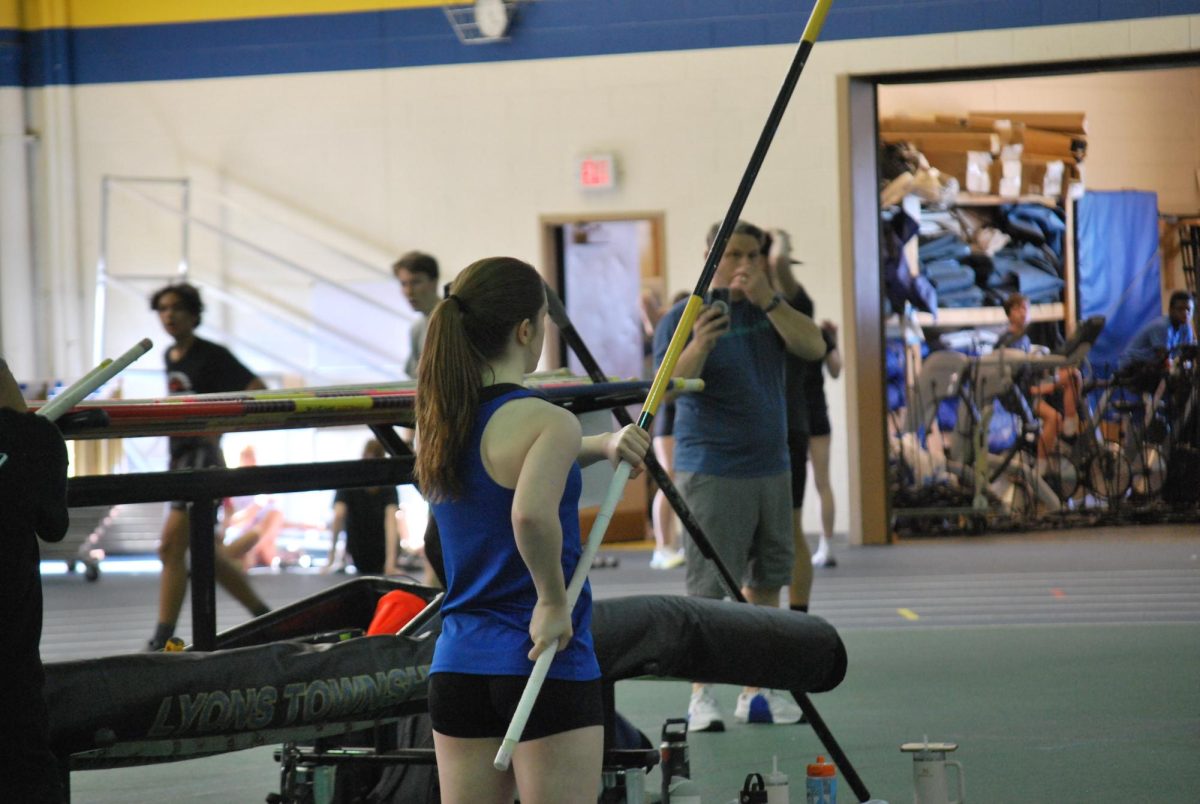
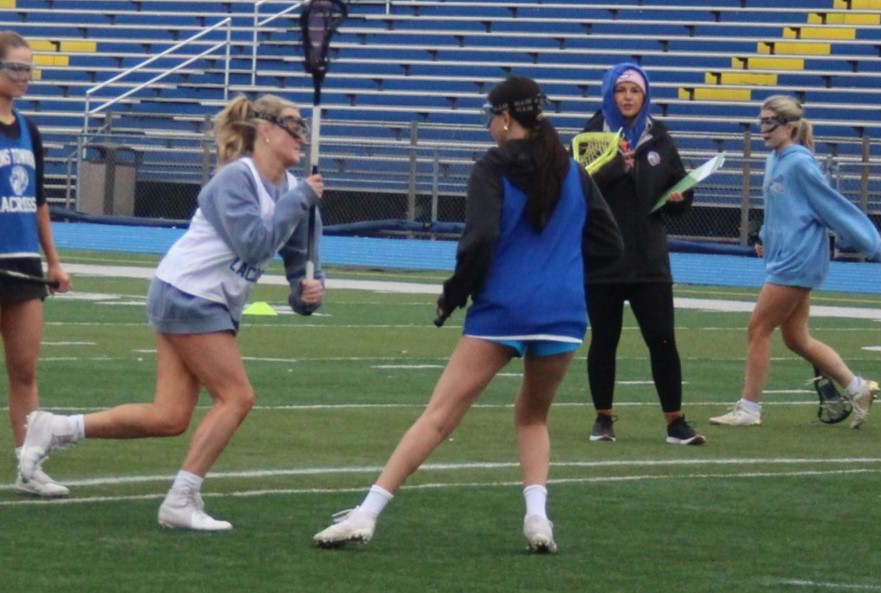

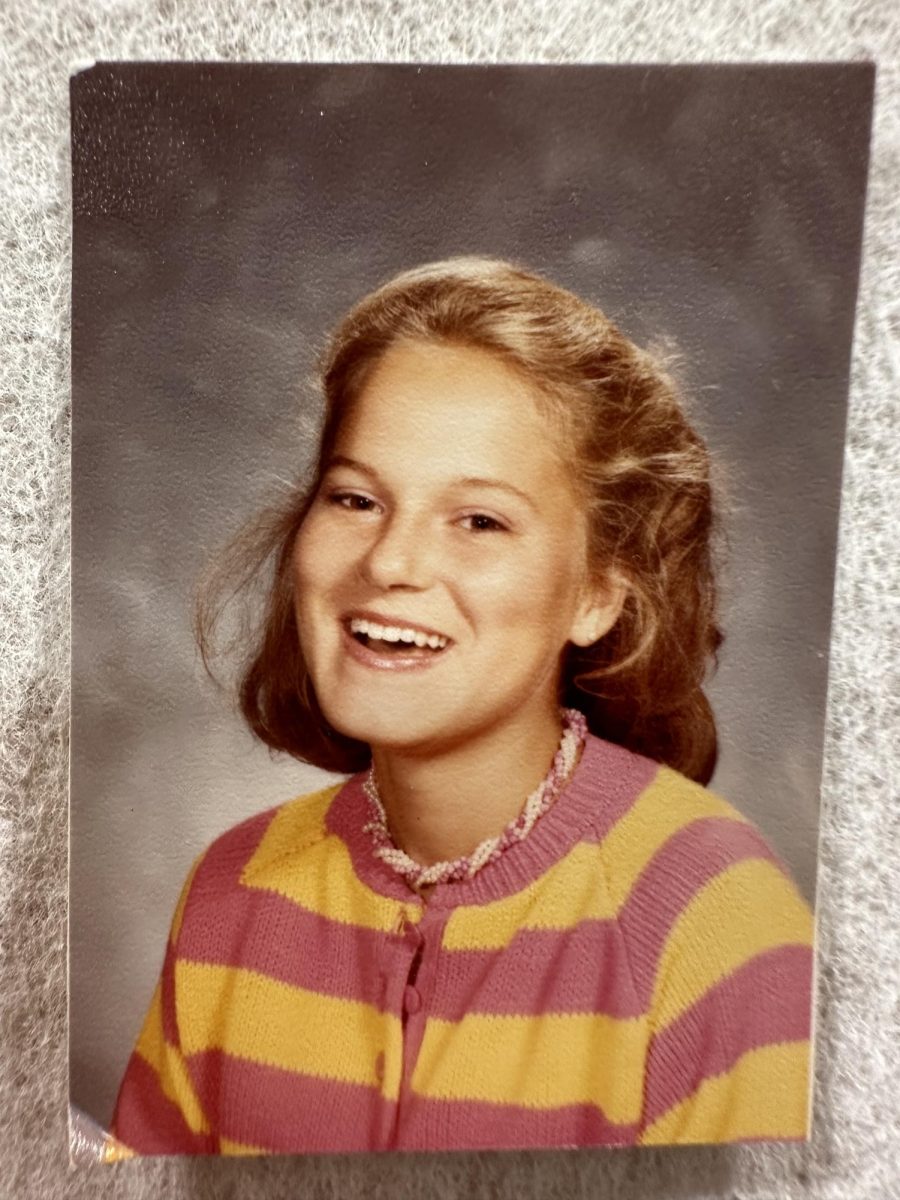
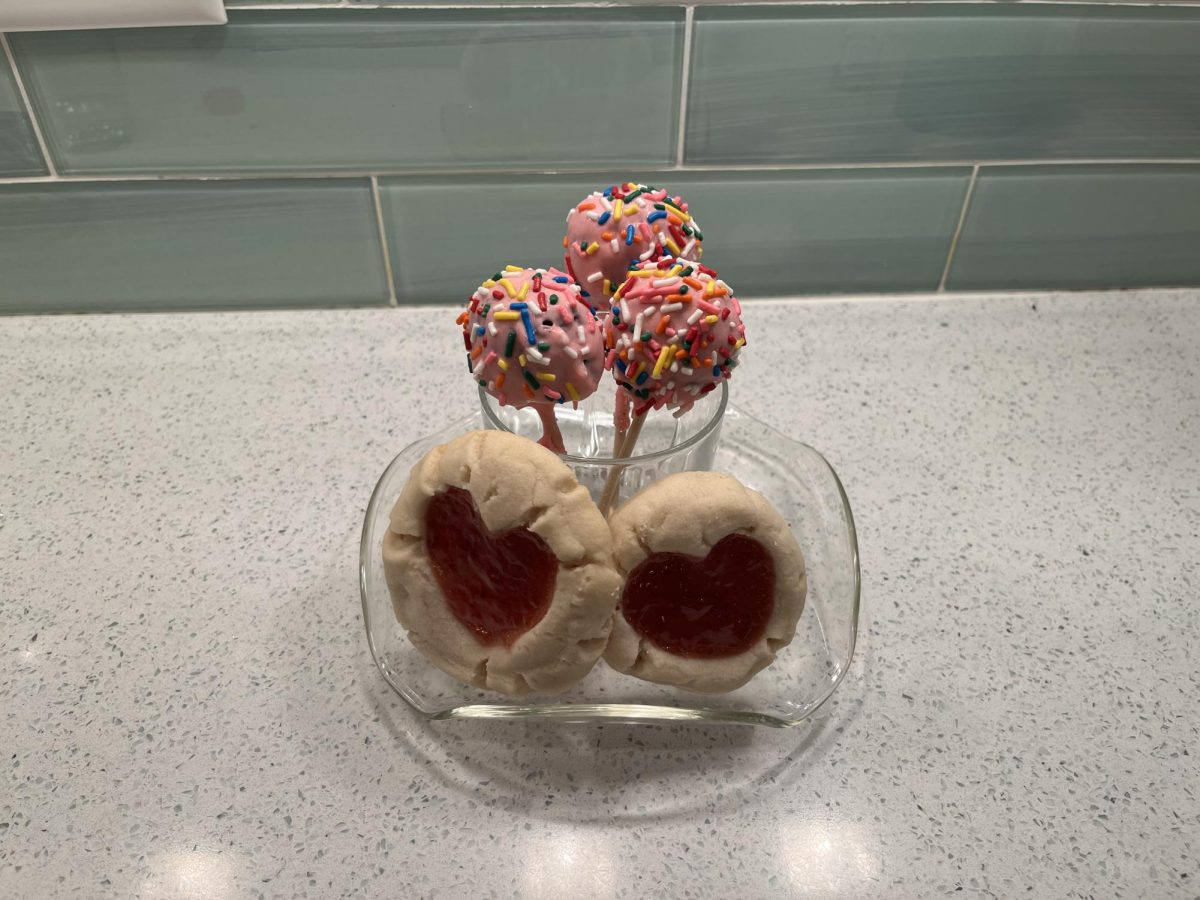
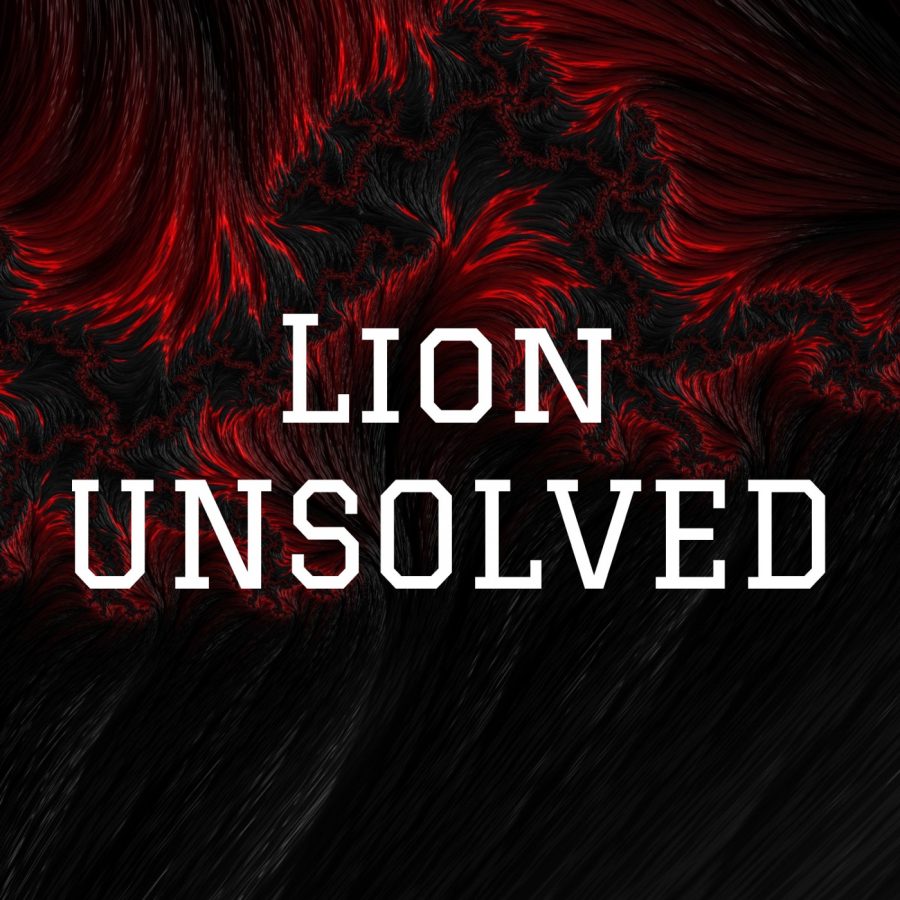



![Movie poster for [Rec] (2007).](https://www.lionnewspaper.com/wp-content/uploads/2023/04/rec-640x900.jpg)

